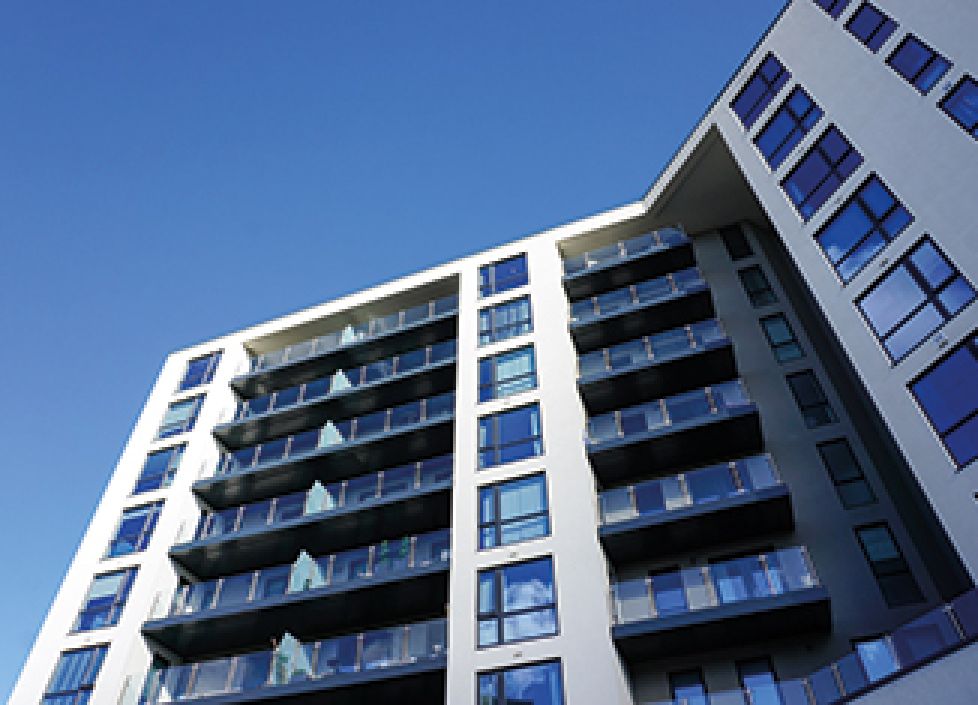Where the proposed project is a Rear Extension, Section One of The Act needs to be considered. This Section deals with building on the Line of Junction. This is simply the boundary at the ground level where the land of the two owners meets.
The Boundary is not defined by the Party Wall Surveyors. This is a separate issue which needs to be agreed by each landowner and can be a complex issue to resolve. In terms of The Act and the Line of Junction Notice, there are three further subsections to Section One.
Section 1(5) is most commonly used, where a building owner is building up to the Line of Junction. In this case foundations do not project over the boundary. Projecting anything over the boundary, such as footings or fascias, would become a trespass, which can be a complex issue.
In this scenario, the footings are usually eccentric foundations i.e. the wall is built to the edge of the footings. These are not traditional footings that project beyond the wall.
Section One is the most helpful section of The Act for two reasons.
Firstly, if there is no reply within 14+2 days of the notice being served, it is an automatic consent, i.e. it is deemed that the neighbour has agreed. For all other notices on the other hand, dissent is automatic after 14+2 days.
Secondly, the adjoining owner must grant access to their land for the purpose of carrying out notifiable works under The Act.
In projects where you are building on the Line of Junction, placing of hoarding and scaffolding on the neighbour’s land in order to carry out the works is permissible. This is particularly useful where the building is two storeys or higher and scaffolding needs to be erected in order to comply with Health and Safety regulations.




















